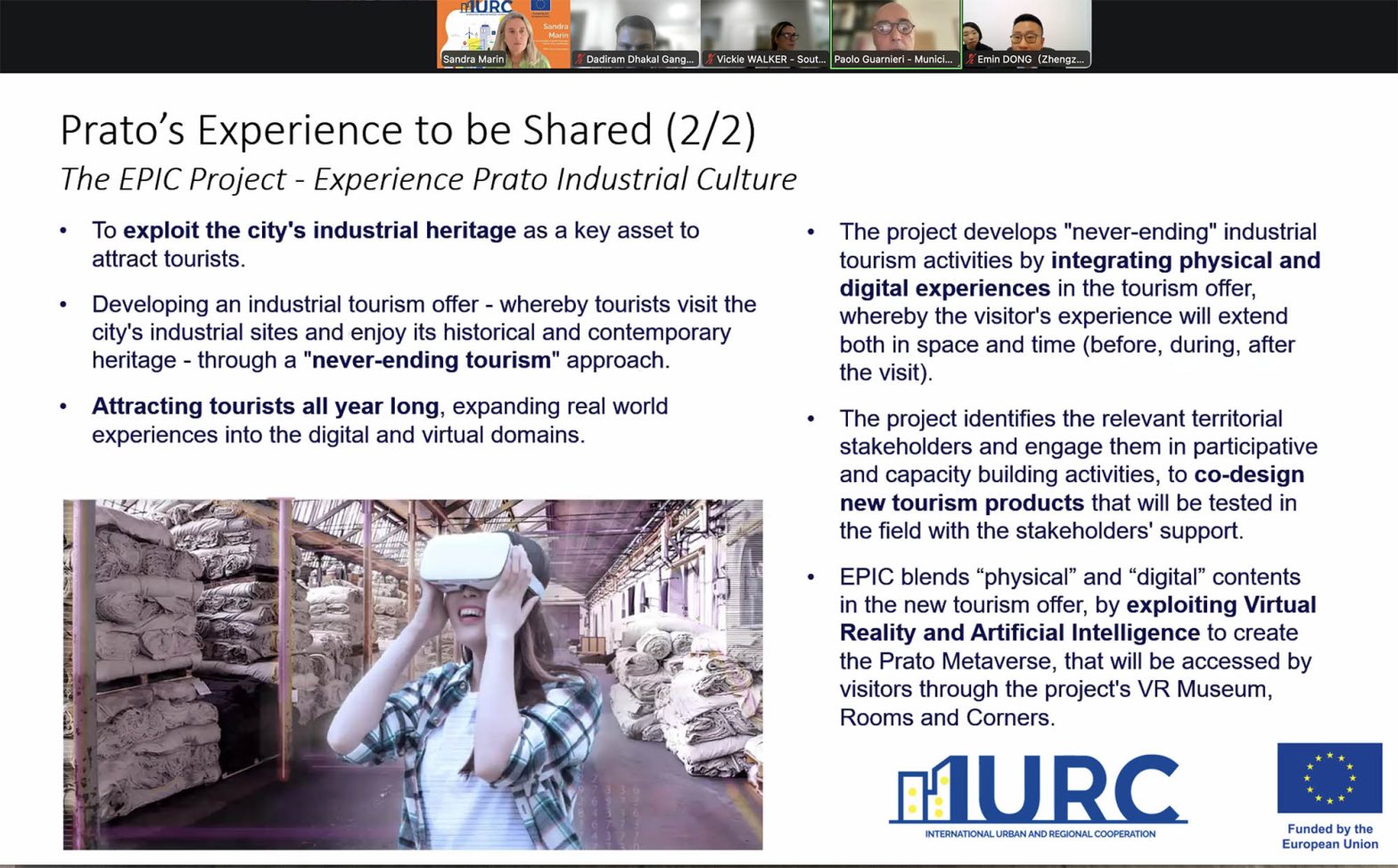From the metaverse to organic farming, four regions reveal how they’re balancing growth, culture, and climate resilience
A New Era for Tourism: Insights from the IURC Strategic Sectors Webinar
On September 17, the first Strategic Sectors Cluster webinar of the IURC Asia and Australasia programme gathered 43 participants from cities and regions online. The session spotlighted how Prato (Italy), Gangtok (India), Coimbra (Portugal), and South West Western Australia are redefining tourism—prioritizing sustainability, digital innovation, and community resilience.
Key Takeaways: Four Regions, Four Bold Approaches
1. South West Western Australia: Nature as the Cornerstone
The region is charting a bold course from coal and forestry toward a future built on nature-based tourism. As one of only 36 biodiversity hotspots worldwide, South West Western Australia is capitalizing on its unique natural assets, from expansive adventure trails to the Busselton Jetty underwater observatory.
Yet, this transition brings challenges: managing rising visitor numbers, safeguarding fragile ecosystems, and ensuring economic diversification beyond traditional industries. The region seeks to learn from international peers on how best to balance conservation with growth, advancing sustainable tourism models that protect the environment while strengthening local prosperity.
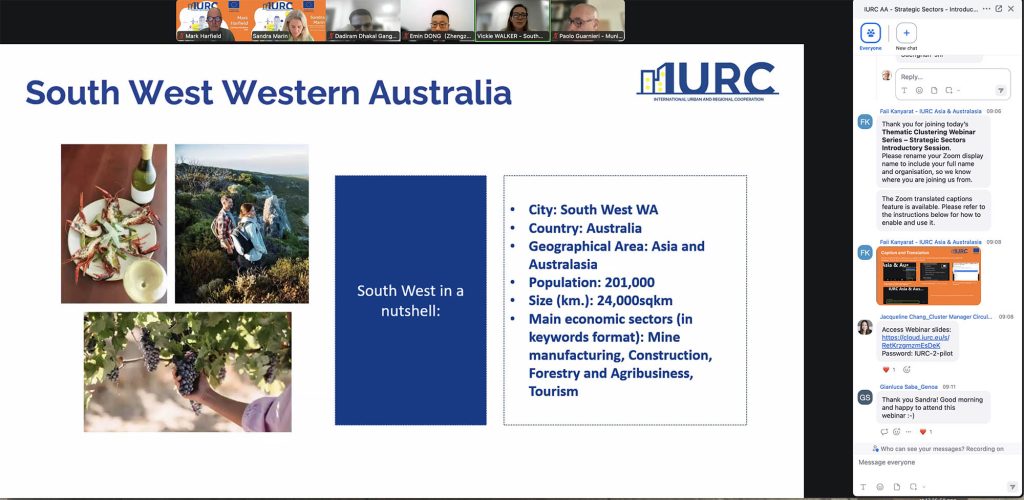
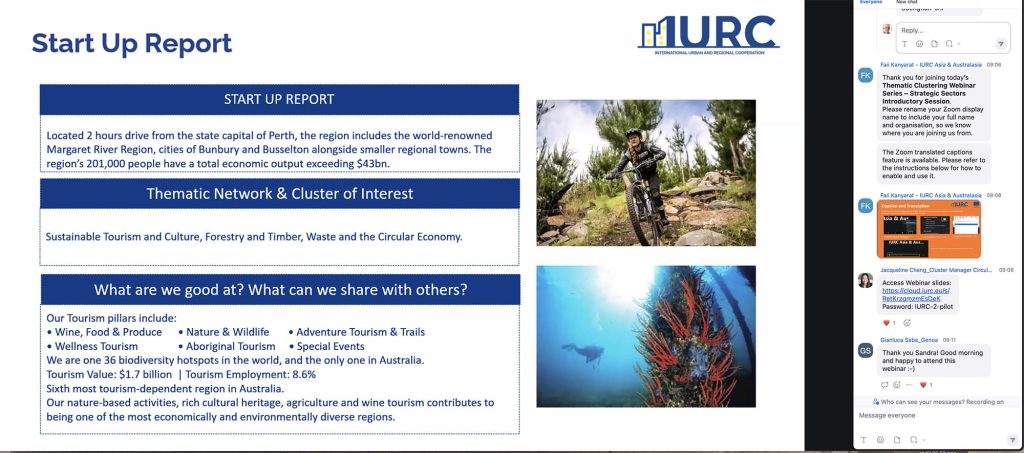
2. Prato, Italy: The Metaverse Meets Industrial Heritage
Prato is redefining cultural tourism by blending its rich industrial heritage with cutting-edge digital innovation. At the heart of this vision is the EPIC Project, a €5 million initiative that is creating a city-wide metaverse, immersive VR experiences, and an AI-driven tour guide — tools designed to engage visitors in entirely new ways.
Equally important is the city’s embrace of the circular economy, with historic textile factories such as Campolmi being transformed into vibrant cultural hubs. This strategy is reinforced through stakeholder collaboration under a Destination Management Organization that co-designs tourism experiences.
The overarching goal is to extend visitor engagement before, during, and after their stay while easing pressure on the city from overtourism, ensuring that Prato’s past and future thrive together.
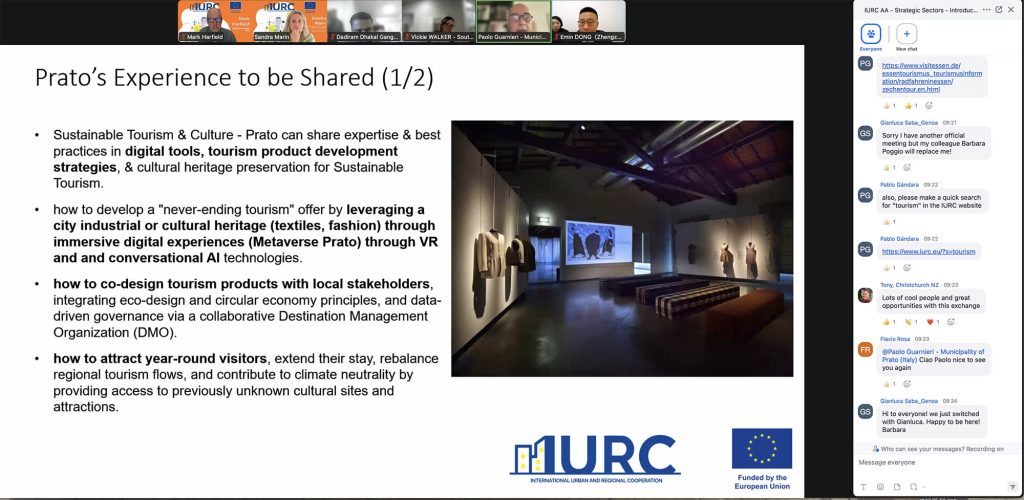
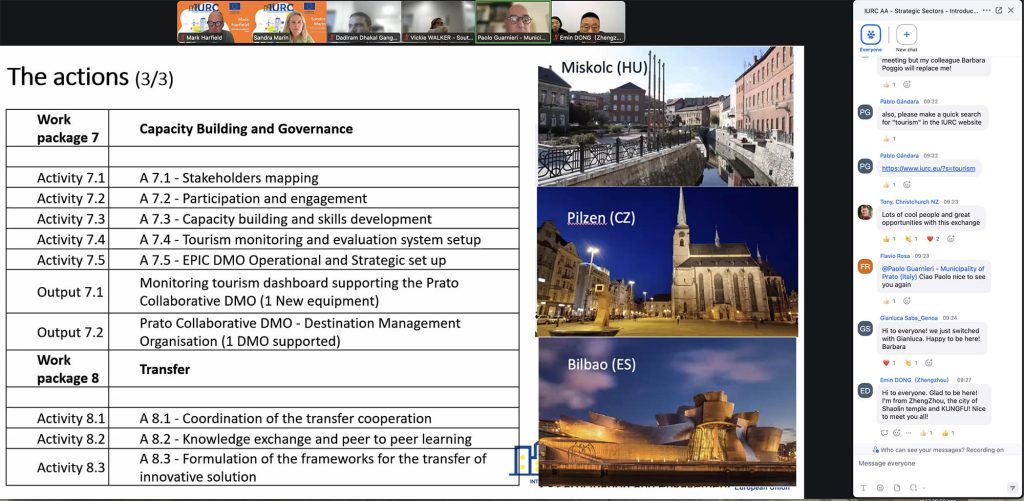
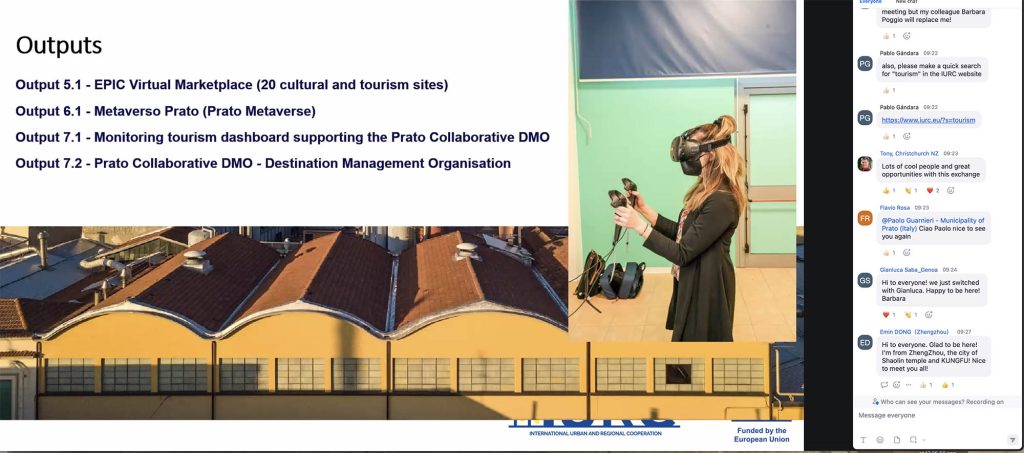
3. Gangtok, Sikkim: Eco-Tourism in the Himalayas
Nestled in the Himalayas, Gangtok is positioning itself as a global model for eco-tourism. Building on its achievement as India’s first state with 100% organic farming, the city has embraced community-led tourism that blends environmental stewardship with cultural authenticity.
Innovations include a plastic ban and waste segregation system, policies that underpin Sikkim’s reputation as the nation’s “cleanest and greenest state.” Visitors are drawn to eco-attractions such as Tsomgo Lake and the newly opened Swarna Jayanti Biodiversity Park, while community homestays provide immersive local experiences.
At the same time, Gangtok is confronting serious challenges: the risks of glacier floods, climate change impacts, and infrastructure gaps in a fragile mountain ecosystem. Its ambition is to attract more international visitors as a recognized global eco-hub, advancing smart tourism management and pursuing green certifications that reinforce its sustainable credentials.
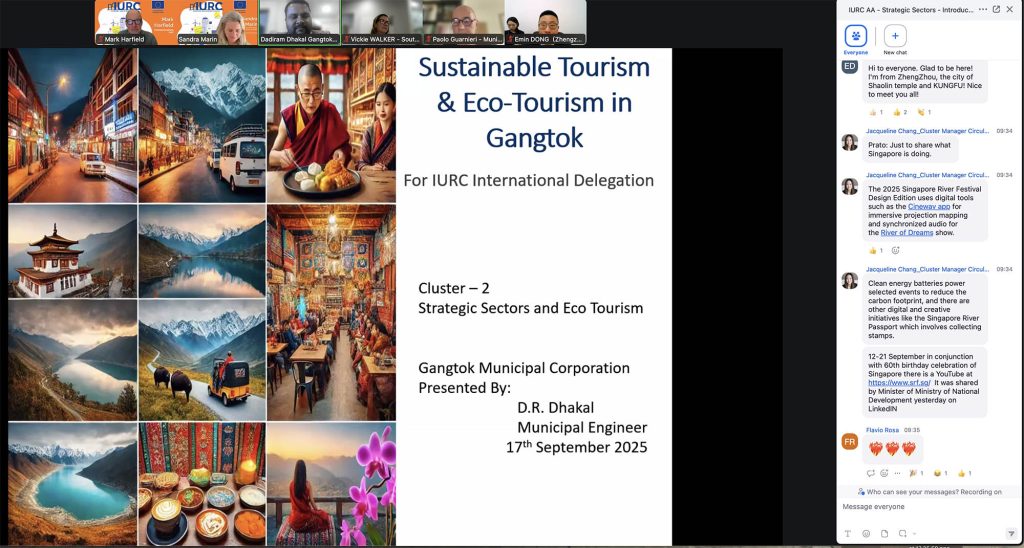
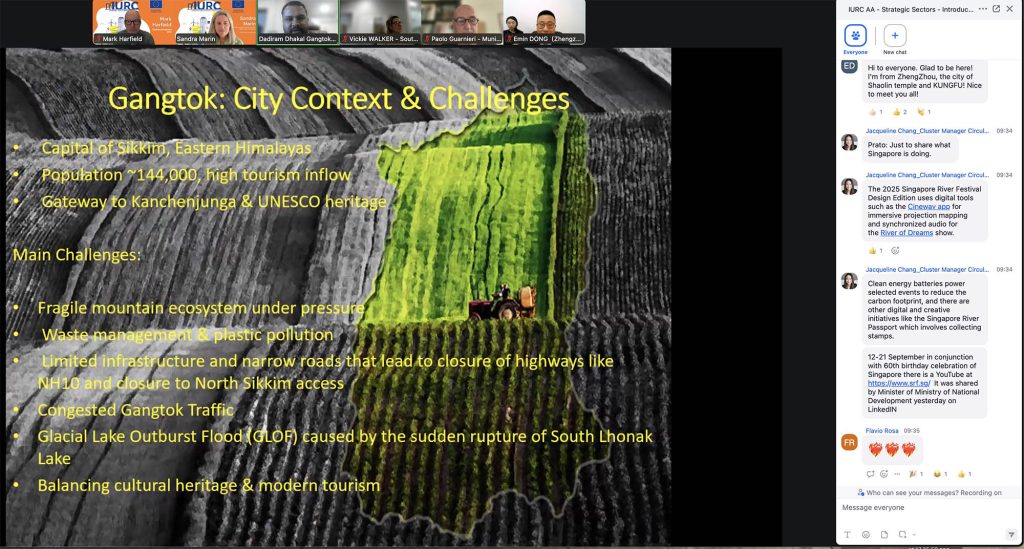
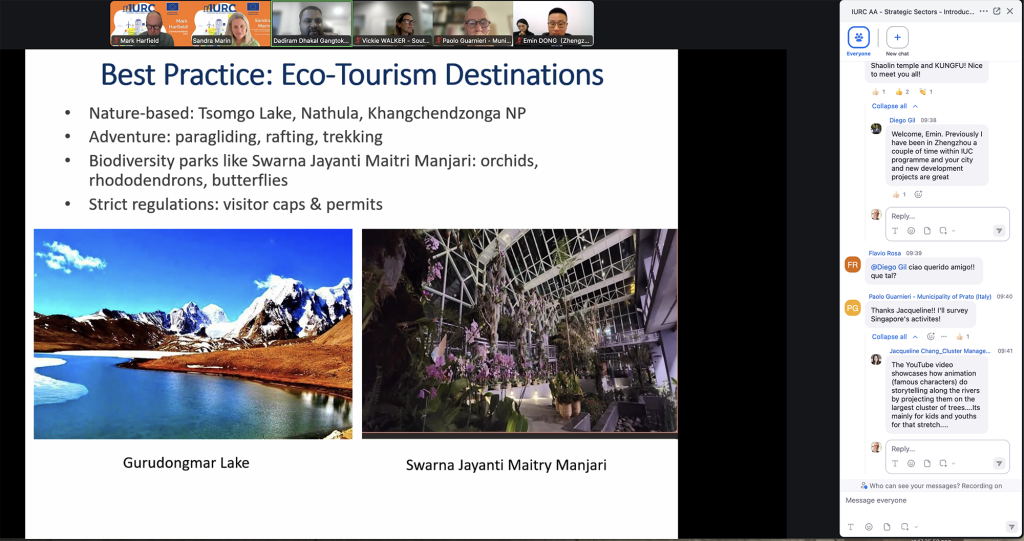
4. Coimbra, Portugal: Smart Heritage for Sustainable Growth
Coimbra is harnessing the power of technology and sustainability to shape a more balanced tourism economy rooted in its world-renowned heritage. The Shift Coimbra Project is financed under the EUI-IA (European Urban Initiative – Innovative Actions),, exemplifies this approach with ambitious targets: extending average stays from 1.5 to 1.89 nights, boosting tourism income by 10%, and training more than 2,500 people in green and digital skills.
The key challenge is that tourism flows are highly concentrated around the University and UNESCO World Heritage area, which limits diversity of experiences and creates sustainability concerns. The project therefore seeks to address issues such as short stays, seasonal visitor peaks, and pressures on the historic centre, by promoting a better balance and distribution of visitors across the city.
At the same time, the city is addressing the challenge of heritage preservation, seeking solutions that protect its historic fabric while ensuring positive visitor experiences. By integrating people, planet, and technology, Coimbra aims to become a benchmark for smart heritage management, eager to learn from global peers on smart city practices and urban resilience models.
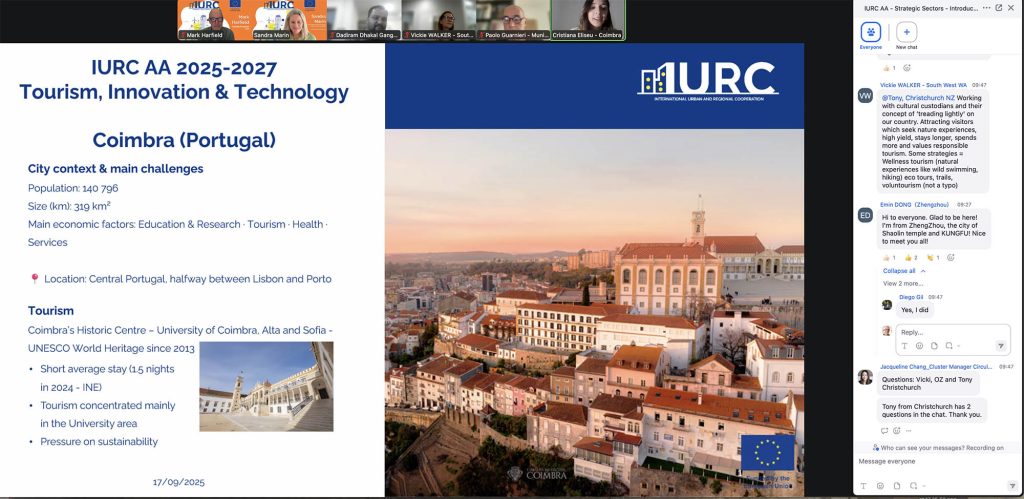
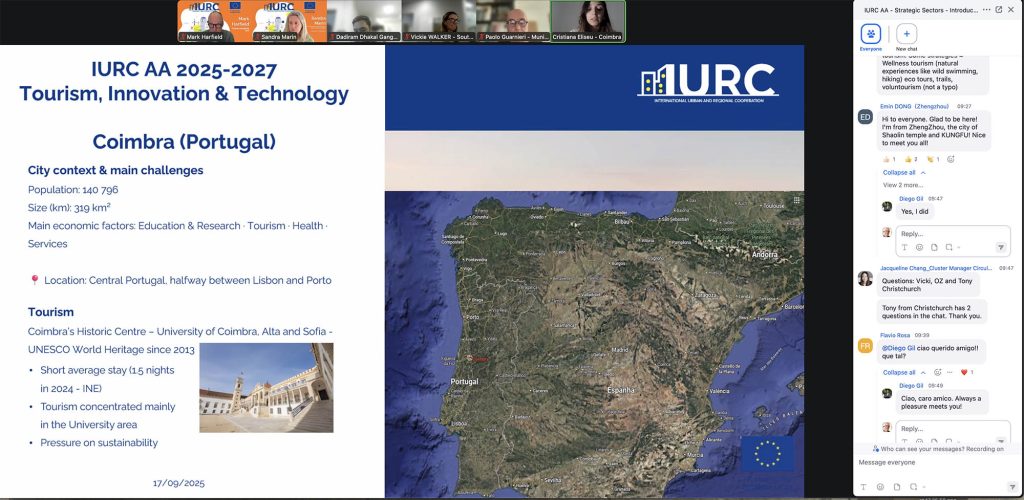
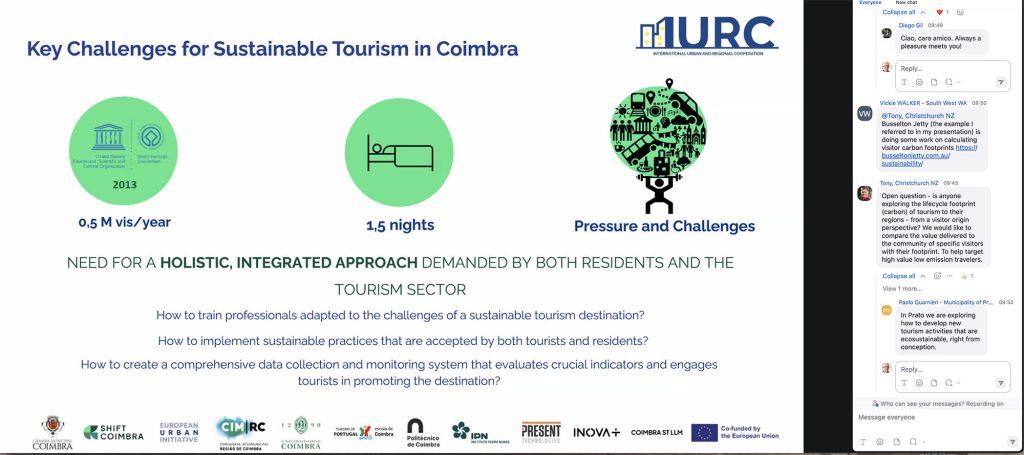
Cross-Cutting Themes & Collaborative Opportunities
The Q&A session underscored a set of shared priorities cutting across regions and sectors.
- Measuring carbon footprints: Cities expressed interest in lifecycle assessments, inspired by Christchurch’s approach to mapping tourism’s environmental impact.
- Voluntary carbon markets: Participants explored the potential of the ICVCM framework, raised in a query from Jeonju, as a tool to align local initiatives with global standards.
- Digital innovation: Prato’s metaverse initiative sparked a lively exchange on the role of VR and AR in enriching tourism experiences while easing pressure on physical sites.
These themes point to fertile ground for collaboration, where cities can learn from each other’s experiments and build joint pathways toward more sustainable, tech-enabled tourism.
Next Steps
Looking ahead to the Smart Cites Expo World Congress in Barcelona, where cities are encouraged to pursue peer matching to deepen exchanges and identify opportunities for joint action. For collaboration inquiries, participants can reach out to Sandra Marin, Knowledge Transfer Manager.
Join the Conversation
Which of these innovations — metaverse tourism, organic farming, or smart heritage — speaks most to your city’s ambitions? Share your perspectives in the comments and help shape the dialogue.


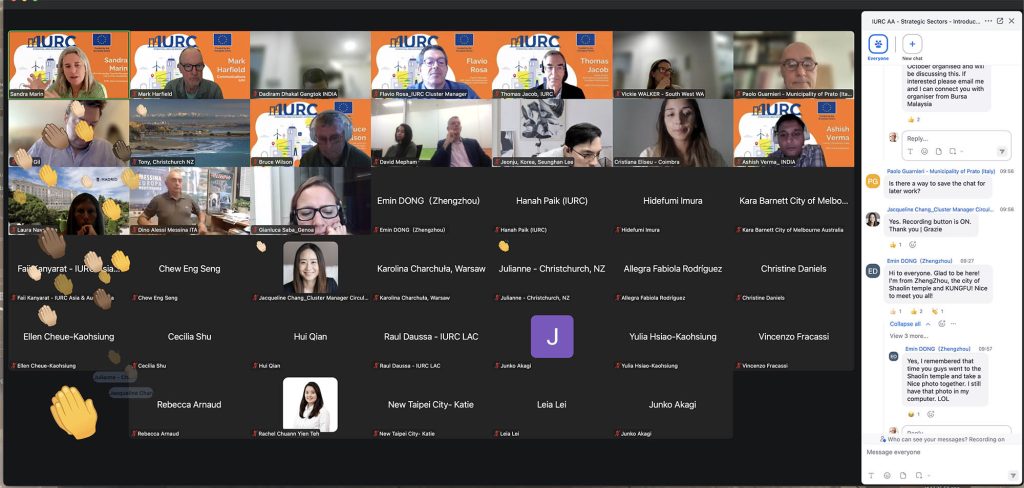
Closing Thought
“Sustainable tourism isn’t just about preserving places—it’s about reimagining how we experience them.” This sentiment resonated throughout the session, weaving together diverse perspectives from across the four regions.
